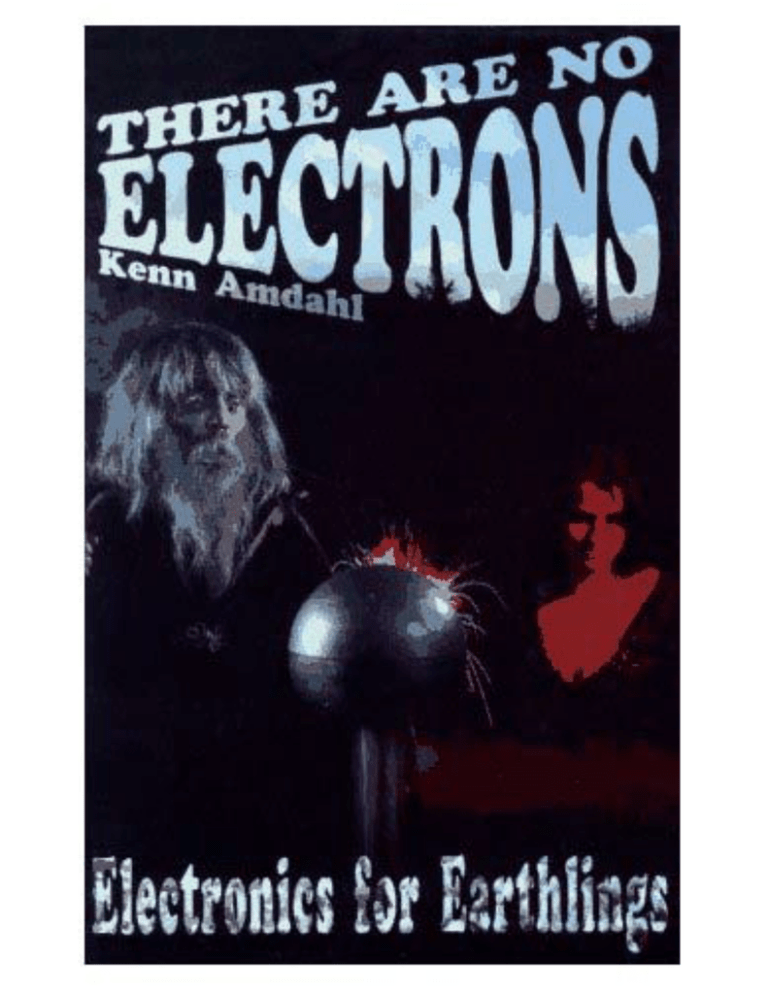Document 13999559
advertisement

A One-Slide Summary of Quantum Mechanics
Fundamental Postulate:
What is !?
O!=a!
operator
(scalar)
observable
Where does ! come from?
! is an oracle!
! is refined
wave function
electronic road map: systematically
improvable by going to higher resolution
Variational Process
convergence of E
H! = E !
Energy (cannot go
lower than "true" energy)
Hamiltonian operator
(systematically improvable)
What if I can't converge E ?
truth
Test your oracle with a question to which you
already know the right answer...
Constructing a 1-Electron Wave Function
A valid wave function in cartesian coordinates for one electron might be:
2Z 5 / 2 %
2
2
2 ( $Z
'
"( x, y, z; Z ) =
6 $ Z x + y + z * ye
)
81 # &
normalization
factor
# x1 " x " x 2 &
(
%
P% y1 " y " y 2 ( =
%$ z1 " z " z 2 ('
radial phase
factor
x2
y2
z2
x1
y1
z1
* * *
2
) dx dy dz
x 2 +y 2 +z 2 / 3
cartesian
ensures
directionality
square
(if any)
integrability
This permits us to compute the
probability of finding the electron
within a particular cartesian volume
element (normalization factors are
determined by requiring that P = 1
when all limits are infinite, i.e.,
integration over all space)
Constructing a 1-Electron Wave Function
To permit additional flexibility, we may take our wave function to be a linear
combination of some set of common “basis” functions, e.g., atomic orbitals
(LCAO). Thus
N
"( r ) =
$ a # ( r)
i
i=1
For example, consider the wave
function for an electron in a C–H bond.
It could be represented by s and p
functions on the atomic positions, or s
functions along the bond axis, or any
other fashion convenient.
C
H
What Are These Integrals H?
The electronic Hamiltonian includes kinetic energy, nuclear attraction, and,
if there is more than one electron, electron-electron repulsion
1
H ij = " i # $ 2 " j # " i
2
nuclei
%
k
Zk
rk
electrons
"j
+ "i
%
n
&
2
rn
"j
The final term is problematic. Solving for all electrons at once is a
many-body problem that has not been solved even for classical
particles. An approximation is to ignore the correlated motion of the
electrons, and treat each electron as independent, but even then, if
each MO depends on all of the other MOs, how can we determine
even one of them? The Hartree-Fock approach accomplishes this
for a many-electron wave function expressed as an
antisymmetrized product of one-electron MOs (a so-called Slater
determinant)
Choose a basis set
The HartreeFock procedure
Choose a molecular geometry q(0)
Compute and store all overlap,
one-electron, and two-electron
integrals
Guess initial density matrix P(0)
Construct and solve HartreeFock secular equation
Replace
P(n–1)
with
P(n)
no
Choose new geometry
according to optimization
algorithm
Construct density matrix from
occupied MOs
Is new density matrix P(n)
sufficiently similar to old
density matrix P(n–1) ?
yes
Optimize molecular geometry?
Does the current geometry
satisfy the optimization
criteria?
yes
Output data for optimized
geometry
F12 – ES12
F22 – ES22
M
FN2 – ES N2
L F1N
L F2 N
O
L FNN
– ES1N
– ES2 N
M
– ESNN
nuclei
1
1
Fµ! = µ – " 2 ! – # Zk µ
2
rk
k
=
0
!
1
+ # P$% & (µ! $% ) – (µ$ !% ) (
2
'
)
$%
no
yes
F11 – ES11
F21 – ES21
M
FN1 – ES N1
no
Output data for
unoptimized geometry
(µ! "#) = %% $µ (1)$! (1)
occupied
P!" = 2
# a!i a"i
i
1
$ " ( 2)$# (2)dr (1)dr (2)
r12
One MO per root E
Wavefunction
– Basis set
• set of mathematical functions from
which the wavefunction is constructed
– Linear Combination of Atomic Orbitals
(LCAO)
What functions to use?
• Slater Type Orbitals (STO)
1
% # ( 2 # +r
"1s = '& $ *) e
– Can’t do 2 electron integrals analytically
1
% % $µ(1)$#(1) r12 $"(2)$!(2)dr1dr2
Fock Operator
Treat electrons as
average field
)
,
%
$2
1
Fµ" = µ #
" # & µ k " + & P'( + µ" '( # µ' "( .
*
2
r
2
k
Density Matrix
'(
occupied MOs
P"# = 2
$ a"i a#i
2 electron integral
i
• 2 electron integrals scale as N4
• 1950s
– Replace with something similar that is
analytical: a gaussian function
3
1
% # ( 2 # +r
" 1s = '& $ *) e
VS.
% 2# ( 4 +#r 2
" "1s" = '& $ *) e
Contracted Basis Set
• STO-#G - minimal basis
• Pople - optimized a and α values
N
3
& 2$ i ) 4 ,$ i r 2
" "1s" = # ai (' % +* e
i
H
F
vs.
H
H
• What do you about very different bonding
situations?
– Have more than one 1s orbital
• Multiple-ζ(zeta) basis set
– Multiple functions for the same atomic orbital
• Double-ζ – one loose, one tight
– Adds flexibility
• Triple-ζ – one loose, one medium, one tight
• Only for valence
locked in STO-3G
• Decontraction
– Allow ai to vary
3
3
4
*
'
2
%
STO#3G
#% i r 2
i
"1s
= $ ai )
, e
H
( & +
i
• Pople - #-##G
– 3-21G
primitive gaussians
gaussian
valence: 2 tight, 1 loose
primitives in all core functions
How Many Basis Functions for NH3 using 3-21G?
NH3
3-21G
atom
N
# atoms
1
H
3
AO
1s(core)
2s(val)
2p(val)
1s(val)
degeneracy
1
1
3
1
basis fxns
1
2
2
2
primitives
3
2+1=3
2+1=3
2+1=3
total =
total basis fxns total primitives
1
3
2
3
6
9
6
9
15
24
Polarization Functions
1 d functions on all heavy atoms (6-fold deg.)
• 6-31G**
6 primitives
1 core basis functions
1 p functions on all H (3-fold deg.)
2 valence basis functions
one with 3 primitives, the other with 1
• For HF, NH3 is planar with infinite basis set
of s and p basis functions!!!!!
O
+
O
H
=
O
H
• Better way to write – 6-31G(3d2f, 2p)
• Keep balanced
Valence split
2
3
4
polarization
d, p
2df, 2pd
3d2fg, 3p2df
Dunning Basis Sets
N = D, T, Q, 5, 6
cc-pVNZ
polarized
correlation consistent
Diffuse Functions
• “loose” electrons
– anions
– excited states
– Rydberg states
• Dunning - aug-cc-pVNZ
– Augmented
• Pople
– 6-31+G - heavy atoms/only with valence
– 6-31++G - hydrogens
• Not too useful



